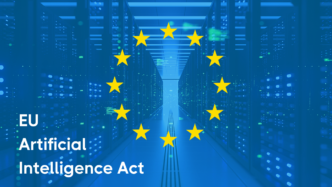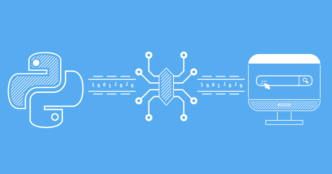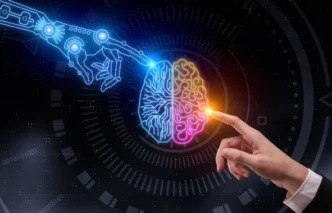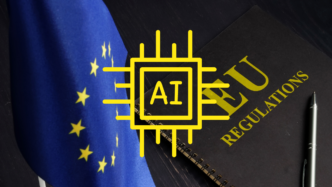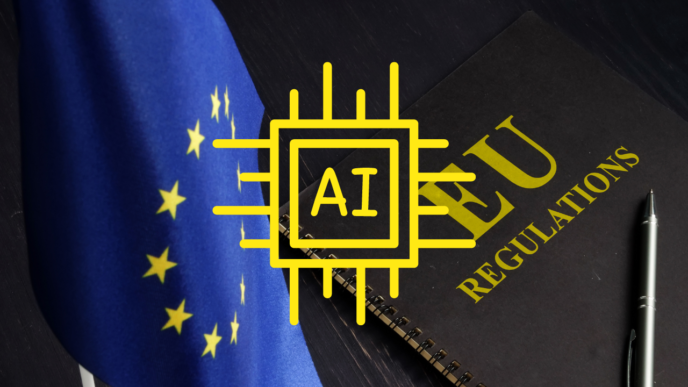Artificial Intelligence (AI) is revolutionizing industries across the globe, automating tasks that were once the sole domain of human labor. While this technological advancement promises increased efficiency and economic growth, it also raises significant concerns about job displacement and the future of work. This blog explores the multifaceted impact of AI on employment, delving into the challenges it presents and the opportunities it creates.
Table of Contents
1. Introduction
2. The Rise of AI and Automation
3. Concerns: Job Displacement and Unemployment
4. Opportunities: New Job Creation and Industries
5. Reskilling and Upskilling: Preparing the Workforce
6. The Role of Education and Policy
7. Balancing Automation with Human Touch
8. Conclusion
Introduction
The integration of AI into the workforce is accelerating at an unprecedented pace. Machines and algorithms are increasingly capable of performing tasks that require cognitive abilities, such as decision-making, problem-solving, and even creative thinking. This shift has led to a paradigm where AI is not just augmenting human labor but, in some cases, replacing it.
The duality of AI’s impact on jobs presents both challenges and opportunities. On one hand, there’s fear of widespread unemployment and socioeconomic disruption. On the other, there’s optimism about new industries, job roles, and enhanced productivity. Understanding this complex landscape is crucial for businesses, governments, and individuals to navigate the future of work effectively.
The Rise of AI and Automation
AI technologies like machine learning, natural language processing, and robotics are transforming how businesses operate. Automation is no longer limited to repetitive, manual tasks; it now extends to roles involving data analysis, customer service, and even legal work.
Statistics:
• A study by McKinsey Global Institute estimates that by 2030, up to 375 million workers (14% of the global workforce) may need to switch occupational categories due to automation.
• The World Economic Forum predicts that while 85 million jobs may be displaced by machines by 2025, 97 million new roles may emerge.
Drivers of AI Adoption:
• Cost Reduction: Automation reduces labor costs and increases efficiency.
• Quality Improvement: Machines can perform tasks with higher precision and fewer errors.
• 24/7 Operation: AI systems can operate continuously without fatigue.
• Data Processing: AI can analyze vast amounts of data faster than humans.
Concerns: Job Displacement and Unemployment
Sectors Most Affected
Manufacturing and Production:
• Robotics and AI systems are automating assembly lines.
• Example: Automotive industries using robots for welding and painting.
Retail and Service Industries:
• Self-checkout systems reduce the need for cashiers.
• Chatbots handle customer service inquiries.
Transportation:
• Development of autonomous vehicles threatens driving jobs.
• Ride-sharing companies investing in self-driving technology.
Finance and Accounting:
• AI algorithms perform data entry, bookkeeping, and even financial analysis.
• Automated trading systems execute trades without human intervention.
Economic Inequality
• Wage Polarization: High-skilled workers benefit, while low to medium-skilled workers face job insecurity.
• Regional Disparities: Areas reliant on manufacturing may suffer economically.
• Socioeconomic Impact: Increased unemployment can lead to reduced consumer spending, affecting the economy.
Case Study:
• In 2017, Foxconn, a major electronics manufacturer, replaced 60,000 factory workers with robots, highlighting the scale at which automation can impact employment.
Opportunities: New Job Creation and Industries
Emerging Roles
AI Specialists and Data Scientists:
• Designing, programming, and maintaining AI systems.
• High demand for skills in machine learning and data analytics.
Cybersecurity Experts:
• Protecting AI systems from malicious attacks.
• Ensuring data privacy and compliance with regulations.
Human-Machine Interaction Designers:
• Developing interfaces that allow seamless interaction between humans and AI.
Ethics and Compliance Officers:
• Addressing ethical concerns related to AI usage.
• Implementing policies that govern AI deployment.
Enhanced Productivity
• Augmented Intelligence: AI assists humans rather than replaces them.
• Innovation Acceleration: AI frees humans from mundane tasks, allowing focus on creative and strategic work.
• New Industries: AI has spurred growth in sectors like renewable energy, biotechnology, and advanced materials.
Statistics:
• According to PwC, AI could contribute up to $15.7 trillion to the global economy by 2030.
Reskilling and Upskilling: Preparing the Workforce
• Continuous Learning: Emphasis on lifelong learning to adapt to changing job requirements.
• Technical Training: Programs focusing on AI, programming, and data analysis.
• Soft Skills Development: Critical thinking, problem-solving, and emotional intelligence become more valuable.
Initiatives:
• Companies like Amazon have committed $700 million to retrain a third of their U.S. workforce.
• Government programs offering subsidies and grants for skill development in tech fields.
The Role of Education and Policy
Education Reform
• Curriculum Updates: Incorporating AI and technology courses at all education levels.
• STEM Promotion: Encouraging studies in science, technology, engineering, and mathematics.
• Vocational Training: Providing alternative pathways for non-academic learners.
Policy Implementation
• Regulation of AI Deployment: Ensuring ethical use of AI in the workplace.
• Social Safety Nets: Enhancing unemployment benefits and support services.
• Public-Private Partnerships: Collaboration between governments and businesses to facilitate workforce transitions.
Example:
• The European Union’s “Digital Education Action Plan” aims to boost digital literacy and competencies.
Balancing Automation with Human Touch
• Human-Centric AI: Designing AI systems that complement human abilities rather than replace them.
• Job Redefinition: Shifting job roles to focus on tasks requiring human judgment and creativity.
• Customer Experience: Maintaining human interaction where it enhances satisfaction and trust.
Case Study:
• In healthcare, AI assists doctors by analyzing medical images, but the final diagnosis and patient interaction remain human-led.
Conclusion
The intersection of AI and employment is complex and multifaceted. While AI’s ability to automate tasks poses legitimate concerns about job displacement and economic disruption, it also offers opportunities for innovation, efficiency, and the creation of new industries and job roles.
Addressing these challenges requires a proactive approach involving education reform, workforce reskilling, thoughtful policy-making, and a commitment to ethical AI deployment. By embracing the opportunities and mitigating the risks, society can harness AI’s potential to enhance the quality of work and economic prosperity.
Key Takeaways
• Dual Impact of AI: AI can displace jobs but also creates new opportunities and industries.
• Sectors at Risk: Manufacturing, retail, transportation, and finance are highly susceptible to automation.
• Emerging Opportunities: Demand for AI specialists, data scientists, and roles focusing on human-AI collaboration.
• Importance of Reskilling: Continuous learning and skill development are crucial for workforce adaptability.
• Role of Education and Policy: Updating curricula and implementing supportive policies can ease transitions.
• Human-Centric Approach: Balancing automation with tasks that require human skills ensures a harmonious integration of AI.
By understanding and addressing the concerns while leveraging the opportunities, we can navigate the transformative impact of AI on the job market, fostering a future where technology and human labor coexist to the benefit of all.


